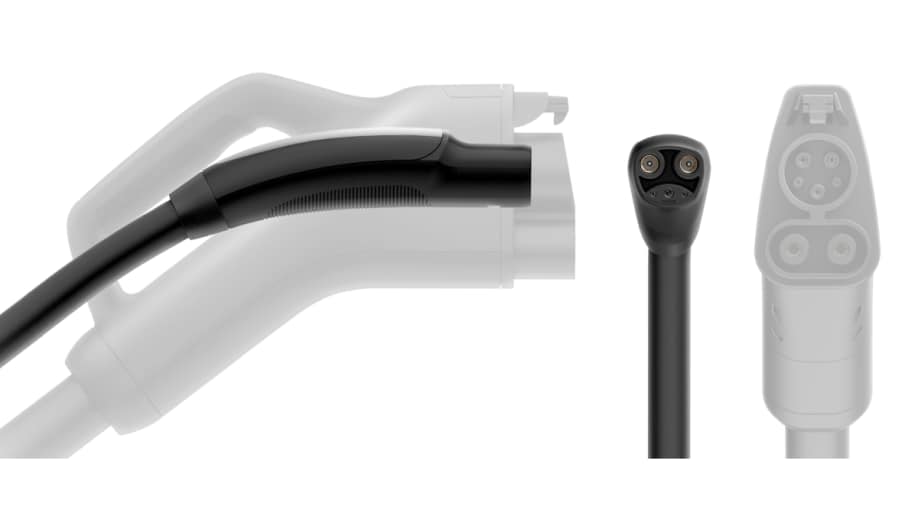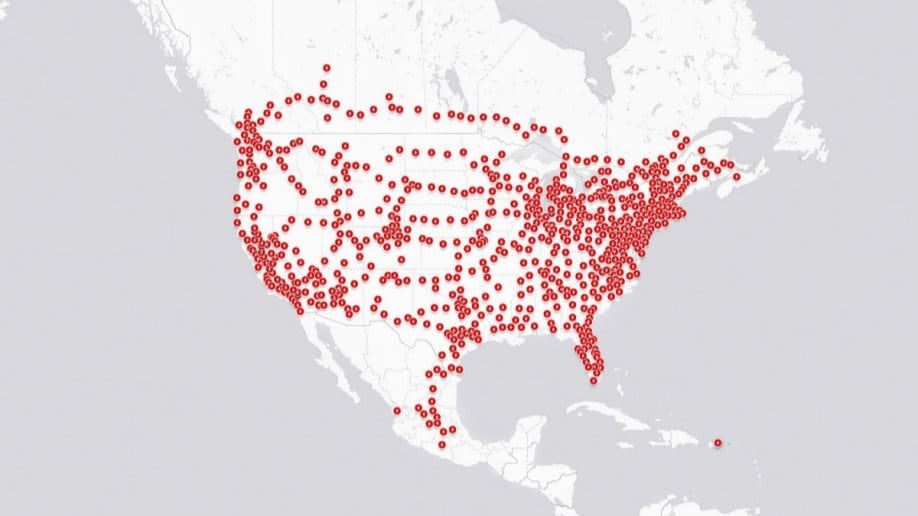
Honda’s first two electric vehicles — the Honda Prologue and Acura ZDX SUVs — are built in partnership with General Motors and use GM’s Ultium battery platform. GM has already announced that it intends to move to the Tesla charging plug, providing owners of GM EVs with adapters in 2024 and building the port directly into vehicles in 2025.
“We clearly depend on GM,” Shinji Aoyama, executive vice president of Honda Motor Co., told Autoblog late Friday. Once GM switches, “This will follow for ZDX as well,” he said.
All EVs Can’t Use the Same Chargers
Imagine that some cars had round fuel filler holes, some had triangular ones, and a small number had pentagonal holes. Imagine that all gas stations had fuel-filler nozzles in just one of the three shapes.
You couldn’t pull up to any gas station and count on a fill-up. You’d have to find the matching gas station for your car.
That’s what EV owners deal with today.
Tesla has its proprietary plug called the North American Charging Standard (NACS). Tesla also operates America’s largest charging network. Until recently, it served only Tesla cars.
The rest of the automotive industry is split between two plugs. Most use one called the Combined Charging System (CCS). Honda doesn’t have an EV on the U.S. market today. But past Honda plug-in hybrids, like the late Honda Clarity, used CCS.
A small number of older cars also use a third, called CHAdeMO.
None are interchangeable, leaving EV owners hunting for pegs for their particular holes.
Related: How Much Does it Cost to Charge an Electric Car?
But One Plug Is Better
The Tesla plug is easily the best design of the three. It provides as much power as quickly but through a much smaller plug. Many CCS plugs are so big that users need two hands to snap them into place. Tesla’s is small enough for most users to operate it with one.
It Has the Biggest Network, Too
Tesla operates America’s largest charging network. Its Superchargers are found in all 50 states, along most interstate highway routes, and in nearly every city of significant size.
Several rivals have been building CCS-equipped networks trying to catch up. But no one is close yet, and Tesla is still expanding its network.
Tesla’s network is so dominant that seven automakers, including Honda, teamed up to try to build a rival system together.
So, Many Automakers Are Joining
In May, Ford decided to stop competing and join Tesla’s network.
The move kicked off a gold rush. GM joined shortly after. Then Mercedes, Nissan, and others signed up.
SAE International (formerly the Society of Automotive Engineers) agreed to administer the NACS standard.
It’s not clear what the automakers are paying Tesla for the privilege. But the moves go a long way toward solving the square-peg/round-hole problem.
With all the dominos falling, all that remains is for the federal government to join the rush.
Last summer, the Inflation Reduction Act made billions of federal dollars available to build new chargers. Still, Federal Highway Administration rules require the CCS connector on chargers built with taxpayer funds.
That mandate makes less sense by the day as Tesla’s NACS plug displaces CCS ports on more cars.
A Federal Highway Administration spokesperson told Reuters last month, “Our technical experts are having active conversations with automakers, charger manufacturers, and standards-setting bodies to ensure federal investment continues to support a reliable, convenient, and user-friendly charging experience for all drivers.”










